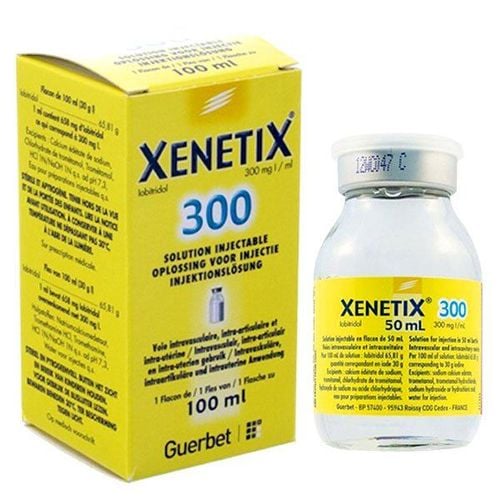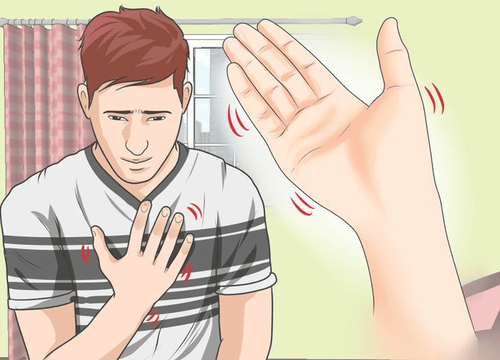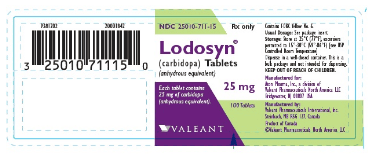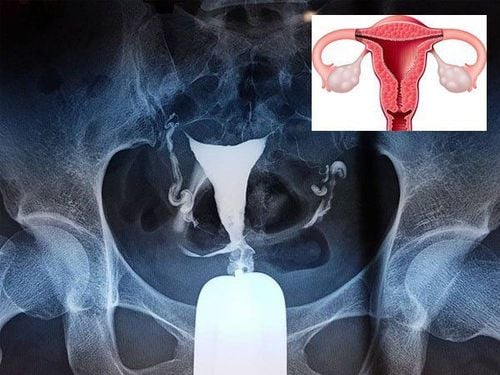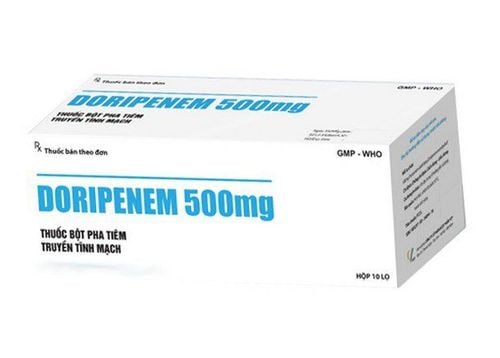This is an automatically translated article.
The article is professionally consulted by Dr. Pham Quoc Thanh - Radiologist - Radiology Department - Vinmec Hai Phong International General HospitalAn EEG (full name Electroencephalogram) is a technique used to examine the electrical activity and waves in the brain. This method can detect abnormal brain waves in some neurological diseases, and is an effective early brain disease screening technique.
1. What is an EEG?
EEG is a test used to detect abnormalities related to the electrical activity of the brain. This method tracks and records brain wave patterns. A small metal plate with thin wires (electrodes) is placed on the patient's scalp, then signals are sent to a computer to record the results. Normal electrical activity in the brain can be detected by the pattern. Through an EEG, doctors can look for abnormalities that lead to seizures and other brain-related problems.
Besides, EEG is also a popular and effective method to help detect brain dysfunction in neurological diseases, early screening for brain diseases. Diseases need to be detected early to give appropriate treatment. This method requires careful preparation, so it can be delayed.
2. Is EEG measurement harmful?
Patients can be completely assured because EEG measurement is a safe and harmless method. During the measurement, no electrical current is transmitted into the patient's body due to the nature of the EEG method, which only helps to record the electrical activity of the patient's cerebral cortex.

Khi bị rối loạn giấc ngủ bệnh nhân nên đi đo điện não đồ
3. Indications of EEG method
EEG method is a popular and effective method to help detect brain dysfunction in neurological diseases, screen for early brain disease. Specifically as follows:
Diagnosis and monitoring of epilepsy or other convulsive disorders; Assist in the diagnosis of brain death; Assess the patient's level of consciousness during anesthesia. In addition, EEG measurement can also monitor brain function in other diseases such as:
Brain Tumor Head trauma Brain dysfunction Encephalitis Stroke Sleep disorder Dementia
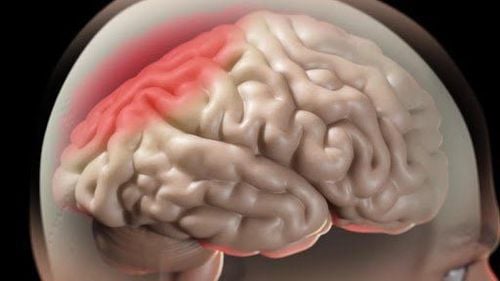
Đo điện não đồ để tầm soát các bệnh lý ở não
4. What do you need to prepare when measuring EEG?
You need to pay attention to a few things before and during the EEG to get accurate and effective results:
Wash your hair the night before the day of the EEG. Do not use hair conditioners or hair gels, generally do not use chemicals to protect hair; Do not drink coffee on the day of EEG measurement; Notify the doctor if the patient is taking medication or has a pacemaker inserted; If the sleep EEG is measured, the patient needs to stay up late, get up early the night before (ie, sleep at 0:00 and wake up at 3 am). While waiting for the EEG, the patient was not allowed to sleep.
5. EEG recording procedure
5.1. Routine EEG procedure This procedure takes about 20 minutes. The patient will first close their eyes and lie down for a period of 3 to 4 minutes, then perform the eye-opening test (i.e. open the eyes for 10 seconds, then close them). Rest for 5 minutes after the above maneuver and then perform the deep breathing (hyperventilation) maneuver for 3 minutes.
After that, the light stimulation test is done, ending the EEG recording by having the patient close/open his eyes one last time. The effect of the eye-opening-closed test (Berger) helps determine the alpha rhythm suppression when the patient opens his eyes and the patient's waking state.

Bệnh nhân tiến hành nhắm mở mắt theo hướng dẫn của bác sĩ
5.2. Activation tests Use routine activation tests to elicit epileptic activity in patients with suspected epilepsy.
Hyperventilation: this operation is done for 3 minutes, do not perform this test for people with medical conditions such as: people with chronic obstructive pulmonary disease, severe cardiovascular disease, vascular disease heavy brain. Photic stimulation: initial stimulation frequency of 3 cycles/sec, then gradually increased to 30 cycles/sec. The appropriate time for stimulation at one frequency is 10 s and the rest time between two excitation frequencies is also 10 s. This test should be stopped as soon as the patient develops a photo convulsive response. Sleep deprivation: This is a test that helps to increase the ability to detect seizure activity, to help record the EEG of sleep. EEG measurement is being deployed and implemented by Vinmec International General Hospital to screen early for brain-related diseases. This technique is performed by a team of Vinmec doctors and nurses who are well-trained, professional and experienced; with the support of modern and advanced equipment; professional medical service quality. Therefore, customers can completely trust the results as well as the examination and treatment services at the hospital.
For detailed advice on sleep EEG recording techniques at Vinmec, please come directly to Vinmec medical system or register for an online examination HERE.





